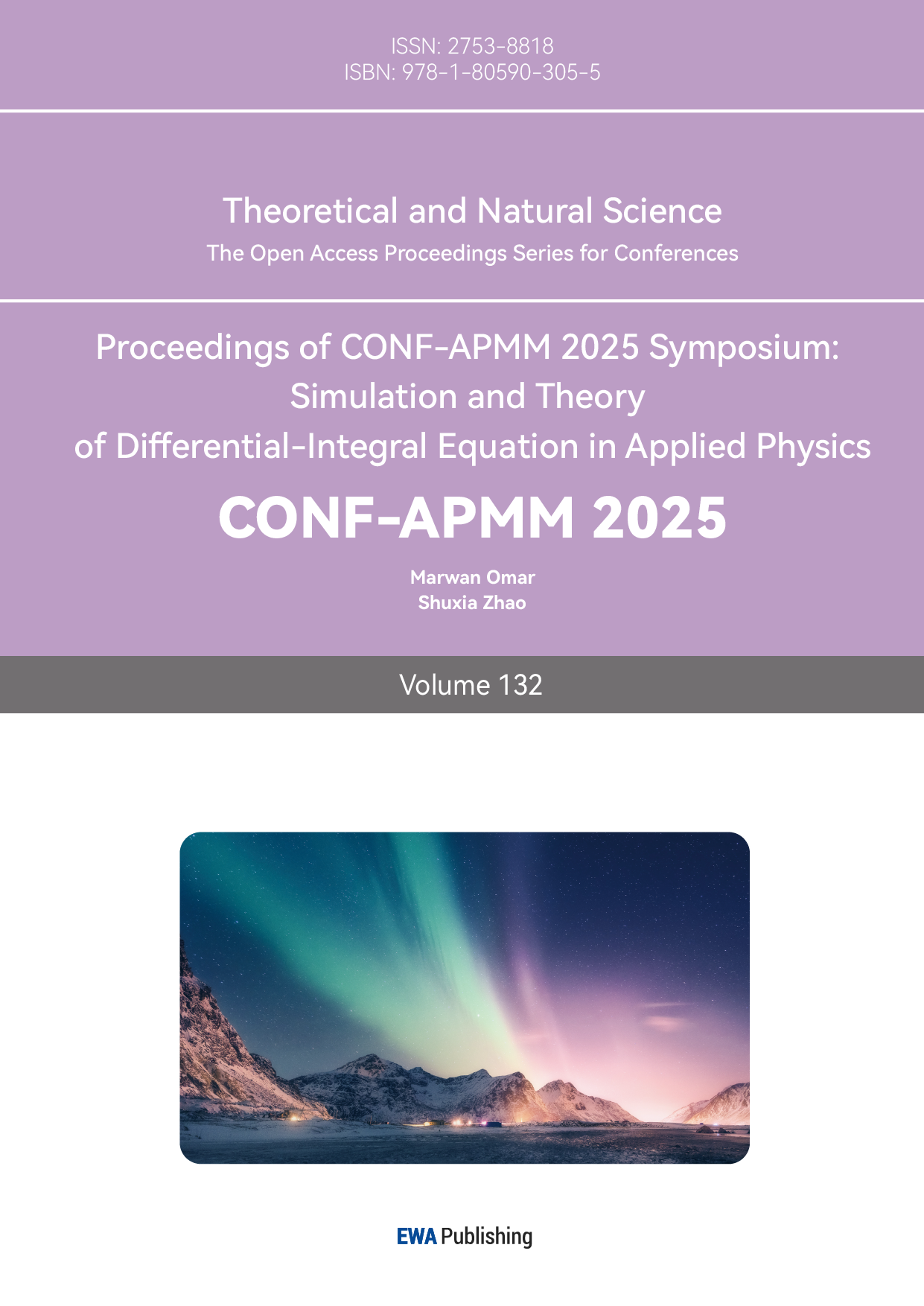References
[1]. Altman, E.I. (1968) Financial ratios, discriminant analysis and the prediction of corporate bankruptcy. The Journal of Finance, 23(4), 589-609.
[2]. Hand, D.J., and Henley, W.E. (1997) Statistical classification methods in consumer credit scoring: a review. Journal of the Royal Statistical Society: Series A (Statistics in Society), 160(3), 523-541.
[3]. Daniele, F., et al. (2022) The myopia of machine learning models in finance: A case for macroeconomic integration. Journal of Financial Data Science, 4(2), 45-62.
[4]. Jiménez, G., and Mencia, J. (2009) Modelling the distribution of credit losses with observable and latent factors. Journal of Empirical Finance, 16(2), 235-253.
[5]. Rajan, R.G. (2005) Has financial development made the world riskier? NBER Working Paper No. 11728.
[6]. Brunnermeier, M.K. (2009) Deciphering the liquidity and credit crunch 2007-2008. Journal of Economic Perspectives, 23(1), 77-100.
[7]. Gourinchas, P.O., et al. (2021) COVID-19 and SME failures. American Economic Review: Insights, 3(4), 465-482.
[8]. Hastie, T., Tibshirani, R., and Friedman, J. (2009) The Elements of Statistical Learning: Data Mining, Inference, and Prediction. Springer-Verlag, New York.
[9]. Figini, S., and Fantazzini, D. (2019) Macroeconomic credit risk: A Bayesian model averaging approach. Journal of Banking & Finance, 106, 367-378.
[10]. Breeden, J.L. (2007) Reinventing retail credit modelling: The emergence of scenario-based modelling. Journal of Risk Model Validation, 1(3), 1-26.
[11]. Koopman, S.J., and Lucas, A. (2005) Business and default cycles for credit risk. Journal of Applied Econometrics, 20(2), 311-323.
[12]. Breiman, L. (2001) Random forests. Machine Learning, 45(1), 5-32.
[13]. Bergmeir, C., and Benítez, J.M. (2012) On the use of cross-validation for time series predictor evaluation. Information Sciences, 191, 192-213.
[14]. Niculescu-Mizil, A., and Caruana, R. (2005) Predicting good probabilities with supervised learning. Proceedings of the 22nd International Conference on Machine Learning (ICML '05), 625-632.
[15]. Fawcett, T. (2006) An introduction to ROC analysis. Pattern Recognition Letters, 27(8), 861-874.
[16]. Basel Committee on Banking Supervision (2019) Stress testing principles. Bank for International Settlements.
[17]. Merton, R.C. (1974) On the pricing of corporate debt: The risk structure of interest rates. The Journal of Finance, 29(2), 449-470.
[18]. Beck, T., Demirgüç-Kunt, A., and Levine, R. (2005) SMEs, growth, and poverty: Cross-country evidence. Journal of Economic Growth, 10(3), 199-229.



